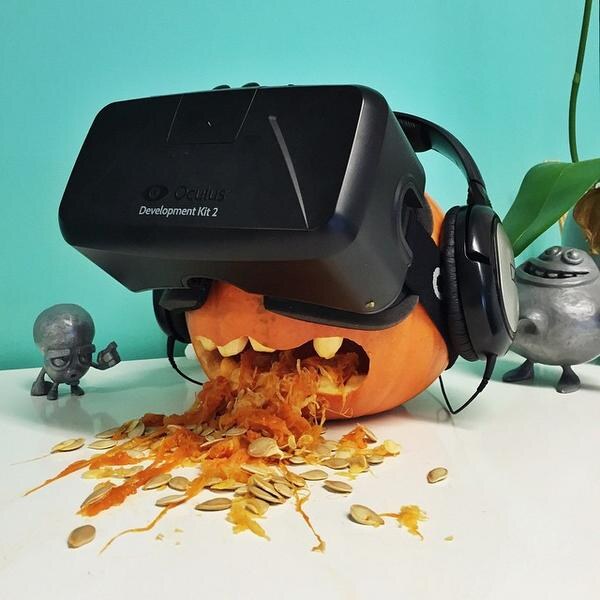Description
Virtual Reality sickness has been mostly investigated is multifactorial (user, environmental/workspace, hardware, interactions). However, more and more use cases require long exposure with Augmented Reality glasses, which could lead to potential user AR sickness and discomfort. The objective of this work is to find which factors could make the AR users sick or disoriented during interaction in AR setups. The main task will consists of implementing the patterns of virtual content and help with experimenting to identify the possible factors that could induce AR sickness.
Task
- Develop a prototype of visual patterns with different conditions for Snap and/or Magic Leap glasses and/or Meta Quest 3 see through.
- Test the implementation on a sample of users
Prerequisites
Programming skills and exploratory mindset
Possible Environments
Lens Studio and Unity, PostScript and C#
Supervisor
Khrystyna Vasylevska khrystyna.vasylevska@tuwien.ac.at
Hugo Brument hugo.brument@tuwien.ac.at
Some inspiration
Vovk, A., Wild, F., Guest, W., & Kuula, T. (2018, April). Simulator sickness in augmented reality training using the Microsoft HoloLens. In Proceedings of the 2018 CHI conference on human factors in computing systems (pp. 1-9).
Hughes, C. L., Fidopiastis, C., Stanney, K. M., Bailey, P. S., & Ruiz, E. (2020). The psychometrics of cybersickness in augmented reality. Frontiers in Virtual Reality, 1, 602954.
Zhang, J., Che, X., Chang, E., Qu, C., Di, X., Liu, H., & Su, J. (2024). How different text display patterns affect cybersickness in augmented reality. Scientific Reports, 14(1), 11693.

